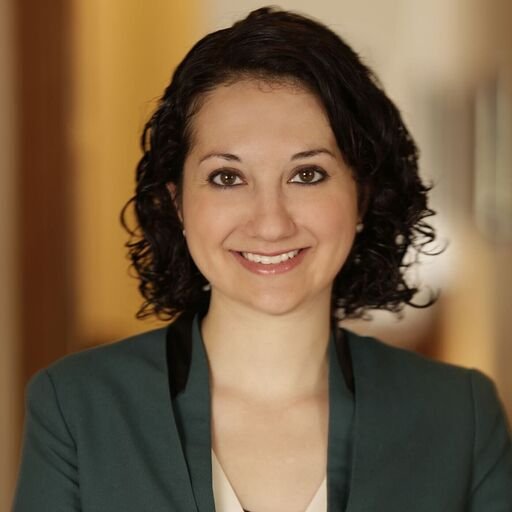A: Psychiatric medications (e.g., antidepressants, antipsychotics, and stimulants for disorders such as Attention Deficit Hyperactivity Disorder) are likely under-prescribed in some situations and over-prescribed in others. Psychiatric medications work best when used in combination with other treatments, such as evidence-based psychotherapies.
Approximately 1 in 6 children under the age of 18 has a psychiatric disorder such as Anxiety, Depression, Attention Deficit Hyperactivity Disorder (ADHD) or Obsessive Compulsive Disorder (OCD). While some have argued that rates of psychiatric medication prescribing among children under age 18 are too high (used inappropriately in situations where psychotherapy might work alone and/or the diagnosis is not clear), there is some evidence to suggest that children are being under-treated with such medications in some cases.
In other words, children who could benefit from psychiatric medications are sometimes not getting them prescribed. A 2013 study found, for example, that adolescents with depression who could have benefited from antidepressants were not receiving prescriptions, and the same was largely true of adolescents with ADHD, who could have benefited from stimulants. This is concerning because antidepressants have good evidence for the treatment of depression, especially for adolescents (better than psychotherapy alone), and stimulant medication is the gold standard for young people with ADHD.
It is important to note that some children are prescribed more psychiatric medications than others. One study showed that about 15% of children with two or more childhood adversities were prescribed psychiatric medications compared to 5% of children without childhood adversities. Among children in foster care in Texas, up to 35% of children were prescribed psychiatric medications compared to 8% of children not in foster care.
There are a lot of potential explanations for why children in the foster care setting might be prescribed psychiatric medications more often. First, there may be a lack of clinicians trained in treatments other than medication to help this population of children who most likely have high levels of trauma and need for behavioral health care services. Clinicians may also have limited time, forcing them to prescribe rather than deliver other interventions. Insurance companies are also more likely to cover medication than psychotherapy, since the former tends to be less expensive than the latter. A more effective trauma screening process and access to trauma interventions might help reduce the frequency of prescribing psychiatric medications unnecessarily for this group of children.
There is also some compelling evidence that there is overprescription of antipsychotic medication to children covered by Medicaid, many of whom are Black and Latinx. This is likely a result of structural racism whereby clinicians tend to refer wealthier White children with behavioral problems to counseling and psychotherapy, while Black and Latinx children are disproportionately prescribed psychiatric medications instead of offered other treatments or services. Insurance companies also create significant barriers to accessing psychotherapy.
What about the issue of polypharmacy (prescribing multiple medications at the same time by one clinician or by more than one clinician)? There are instances in which this is needed, but evidence-based psychotherapies should always be considered before new medications are added.
While over-prescription of psychiatric medications among children with adversity, children in foster care, and Black and Latinx children needs to be addressed, studies do not clearly suggest that psychiatric medications are being over-prescribed overall among children.
If you have any concerns about your loved ones’ mental health, reach out to your clinician as soon as possible. To find treatment, go to https://findtreatment.samhsa.gov/ and enter your zip code or text your zip code to 435748 (HELP4U).
Stay safe. Stay well.
Those Nerdy Girls
———————————————————-
Additional Links:
Medication Use in US Youth with Mental Disorders (JAMA Pediatrics)
Psychiatric Medications for Children and Adolescents. Three fact sheets by the American Academy of Child and Adolescent Psychiatry:
Psychiatric Medications for Children and Adolescents Part I: How Medications Are Used
Psychiatric Medications for Children and Adolescents Part II: Types of Medications
Psychiatric Medications for Children and Adolescents Part III: Questions to Ask


